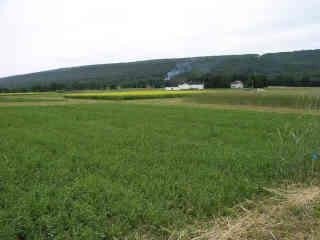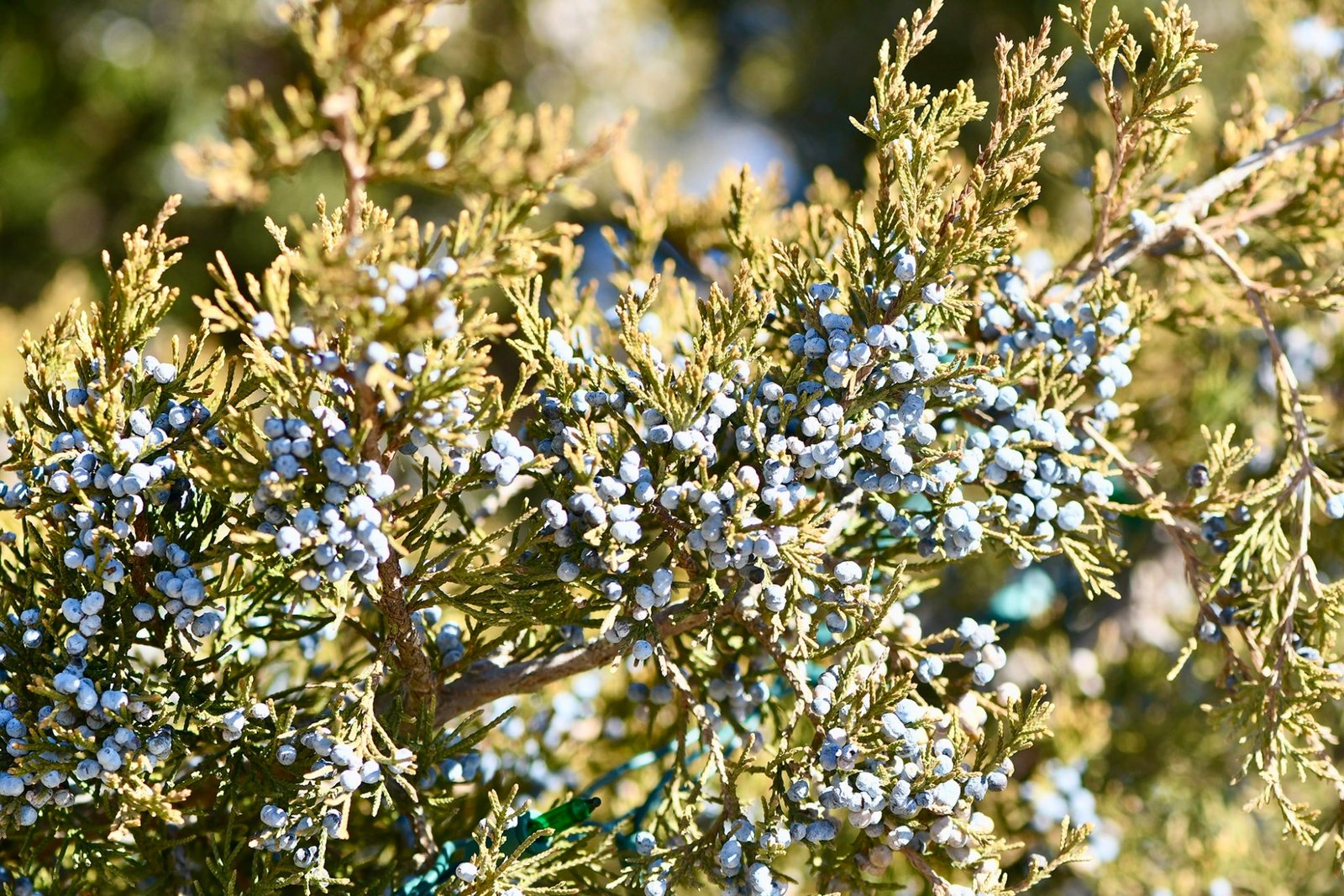By Jeff Mulhollem
Many no-till growers are reluctant to implement any soil disturbance due to concerns about negative impacts on soil health. However, a new study by a team of Penn State researchers suggests that plowing fields once after five years in a crop rotation that includes coverage with cover crops and perennials can maintain soil health and provide other benefits.
“Although no-till has proven to be very good for soil health, and its wide adoption in Pennsylvania and the Northeast has resulted in reductions in erosion and sedimentation, it has resulted in the emergence of herbicide-resistant weeds because no-till farmers rely on herbicides to control weeds and terminate cover crops,” said team leader Heather Karsten, associate professor of crop production/ecology. “And that has created a big weed-control problem.”
Karsten, whose research group in the College of Agricultural Sciences for nearly two decades has studied how dairy farms can produce crops more sustainably, pointed out that reliance on herbicides such as glyphosate may have negative environmental impacts and human health concerns. Instead, Penn State scientists advocate integrated weed management, which employs multiple weed-control practices.
There are many benefits to no-till agriculture, Karsten noted, but one of its downsides is that growers repeatedly use herbicides to kill the cover crops and perennials in their rotations. It’s an environmental load that can and should be reduced, she argues, because no-till has been so widely adopted. For instance, a 2017 survey by the U.S. Department of Agriculture revealed that 67% of crop acreage in Pennsylvania was managed with no-till and 24% with cover crops.
“When you use herbicides again and again to burn down the cover crops and kill the perennials, that selects for herbicide-resistant weeds and contaminates the environment,” she said. “There is growing evidence that herbicides such as glyphosate and 2,4-D that are commonly used to burn down cover crops and control weeds pose some human-health problems, such as non-Hodgkin lymphoma and endocrine disruption. These and other herbicides used to control herbicide-resistant weeds also are toxic to soil organisms and wildlife.”
In the six-year experiment conducted at Penn State’s Russell E. Larson Agricultural Research Center, researchers contrasted two cropping systems: a continuous no-till system using herbicides, and an integrated weed management system using strategic inversion tillage and fewer herbicides. They measured soil health indicators, such as levels of desirable soil carbon and water-stable aggregates, which refers to a desirable soil-clumping quality that promotes soil porosity, facilitates water and air infiltration, reduces soil erosion and enhances growing conditions for plant roots and soil organisms.

The experiment was conducted in a Northeast dairy farm rotation consisting of winter canola, or canola, plus oats, followed by a rye cover crop; soybean followed by a rye cover crop; and corn grain or corn silage, followed by three years of perennial forage of alfalfa and orchard grass planted with a companion small grain.
In findings recently published in Frontiers in Sustainable Food Systems, the researchers reported that they sampled soil at two depths — 2 inches and 6 inches — for total carbon and bulk density. They discovered that, despite initial smaller soil health values in the strategic tillage system following inversion tillage, all properties except labile carbon were similar in both systems after two years of perennial forages in the sixth year of the rotation. Labile carbon is the fraction of soil organic carbon with most rapid turnover times and hence is most available to soil microbes.
The findings suggest that growers can avoid the expense of applying so many herbicides and avoid contaminating their ecosystems by implementing very limited strategic tillage, Karsten explained. And in the long run, the health of their soils will remain largely unchanged and protected.
There are additional benefits of strategic tillage that were not addressed in this research but are important, according to Karsten. In long-term no-till, soil amendments such as phosphorus can accumulate on the soil surface, which can lead to phosphorus run-off and water pollution. Strategic tillage mixes in these soil amendments, including lime that can improve soil pH through more of the soil profile.

Also, strategic tillage has a disruptive effect on slug populations that thrive in no-till systems and are particularly problematic in no-till fields with large quantities of crop residue from previous cash crops and cover crops — ideal habitat for slugs.
“We found — but did not report in this paper — that in years when slugs were problematic, slug populations and slug damage to the crop that was planted after the tillage was significantly lower because tillage disrupts their populations and likely destroys eggs the slugs laid,” Karsten said. “That’s another reason farmers should consider strategic tillage. After farms convert to no-till, we get calls from growers asking what they can do to control slugs. Tillage can knock back the slug populations.”
Contributing to the research were Mary Ann Bruns, professor of soil microbiology and biogeochemistry; Devyn McPheeters, graduate student in the Department of Plant Science; and Curtis Dell, USDA Agricultural Research Service Pasture Systems and Watershed Management Research Unit.
The U.S. Department of Agriculture supported this work
Source : psu.edu













